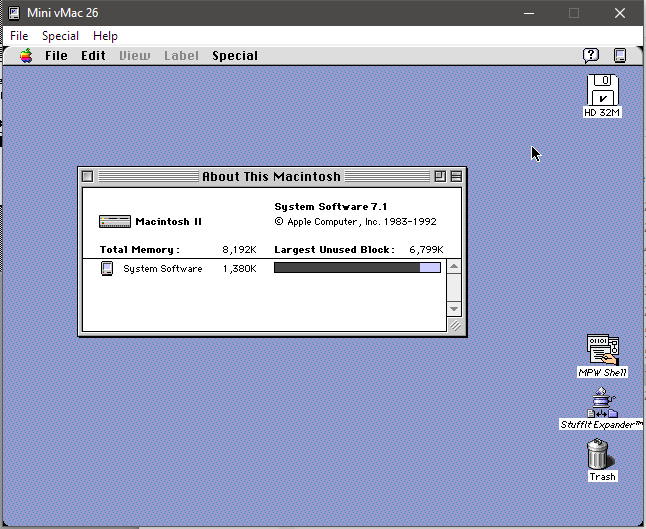

Sheepshaver slowing down license#
Instead, system builders would license the DOS OEM Adaptation Kit and create their own DOS such as Compaq DOS 3.3. The reason is that DOS didn’t exist as a standalone product at the time. You might notice I didn’t say Microsoft DOS 3.3.
Sheepshaver slowing down install#
To reduce the number of potential headaches, I decided to simply install PC-DOS 3.3, and give Windows what it wants.

However, even if this version check is bypassed, there are supposedly known issues with running COMMAND.COM. Part of this is due to an internal version check which can be worked around with SETVER. One quirk however with this specific version of Windows is that it blows up when run on anything later than DOS 3.3. Windows 1.0, like all pre-95 versions, required DOS to be pre-installed. To that end, I recorded a video on YouTube that provides a look into the world of programming for Windows 1.0, and then testing the backward compatibility of Windows through to Windows 10.įor those less inclined to watch a video, my write-up of the experience is past the fold and an annotated version of the file is available on GitHub ( )īefore we even get into the topic of HELLO.C though, there’s a fair bit to be said about these ancient versions of Windows. Recently, I was inspired to investigate the original HELLO.C for Windows 1.0, a 125 line behemoth that was talked about in hush tones. For those who do programming work of any sort, you’ll also be familiar with “Hello World”, the first program most, if not all, programmers write in their careers.Ī sample hello world program might look like the following: #include About three years ago, I ran a series of articles about restoring Xenix 2.2.3c, and I’m far overdue on writing a new one. The following is a guest post by NCommander of SoylentNews fame!įor those who’ve been long-time readers of SoylentNews, it’s not exactly a secret that I have a personal interest in retro computing and documenting the history and evolution of the Personal Computer.


 0 kommentar(er)
0 kommentar(er)
